AO Edited
Kateki: Erasmus from the De Liefde Shipwreck
This historic Erasmus statue was first mistaken for a legendary Chinese inventor, then as a child-eating hag.
The Buddhist temple of Ryūkōin in today’s Sano City was once in possession of a peculiar statue called Kateki. Also honorifically referred to as Kateki-Sonja or Kateki-Sama, it was believed to represent an ancient Chinese polymath, the inventor of sailing vessels who had lived during the reign of the Yellow Emperor.
The wooden statue became a boogeyman at some point, used by mothers to scare their children into good behavior. According to local legend, Kateki was actually the Adzuki-Baba, an old hag characterized by an eerie bean-grinding noise. It was said that Kateki would transform into a badger at night and carry off naughty children into the dark, presumably to feast on them. Children were unimpressed by the stories, however; it is said that they would come barging into the temple and use the statue as a mere plaything.
It was not until 1924 that the true identity of the Kateki statue was finally revealed. It was photographed and introduced to the world at the Vatican expo, garnering attention from historians, who recognized its Erasmian attributes. It was, in fact, a statue of the Dutch theologian and philosopher Desiderius Erasmus—but its historic value was simply underestimated.
As it turned out, the Erasmus statue had once served as the stern figurehead of the De Liefde, originally named the Erasmus, an East Indiaman that set sail from Rotterdam in 1598. Winding up ashore in Bungo Province (today Oita Prefecture), the ship brought some of the first Europeans to reach Japan, including Jan Joosten and William Adams. She was wrecked and lost in time, leaving only the Erasmus statue to survive and somehow end up at Ryūkōin Temple.
When news broke, the Netherlands offered to purchase the statue, but the Japanese government declined and designated it as a National Treasure. While the temple retains ownership over it, it has been loaned to the Tokyo National Museum, where it goes on display from time to time. A replica of it is permanently exhibited at the Sano City Museum, as well as at the Maritime Museum in Rotterdam.
Plan Your Trip
The Atlas Obscura Podcast is Back!



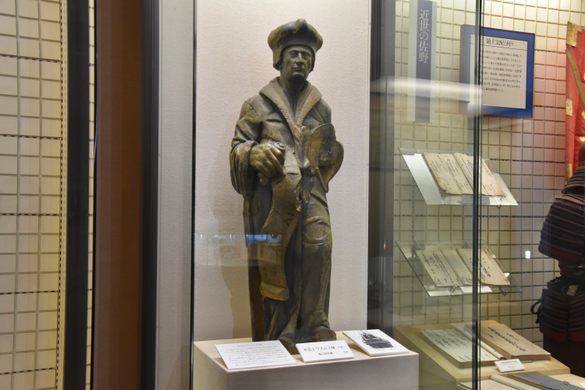
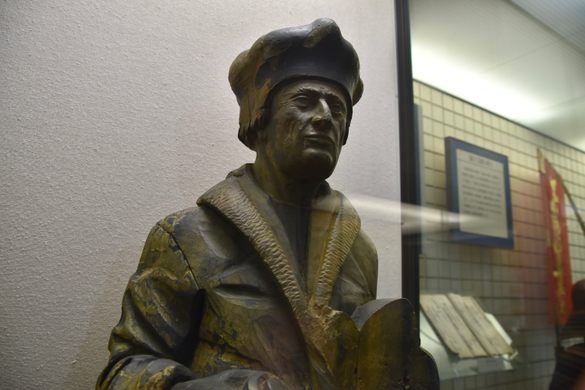

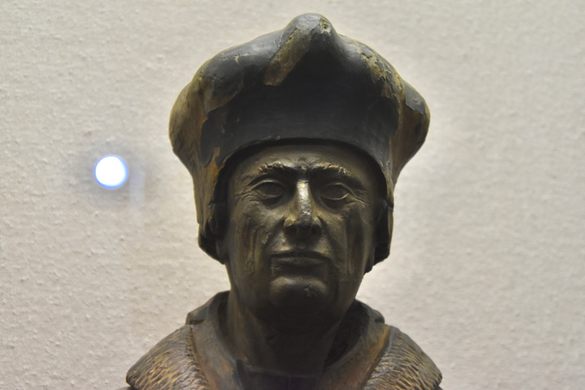
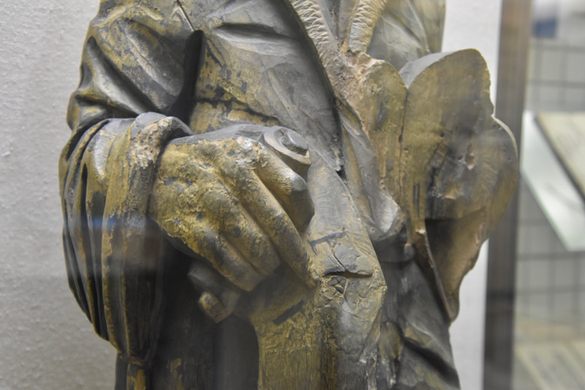






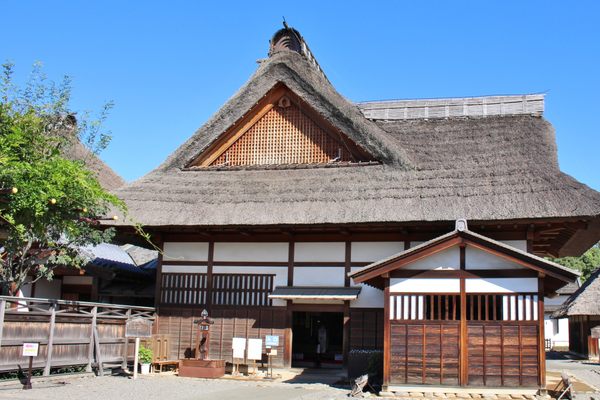

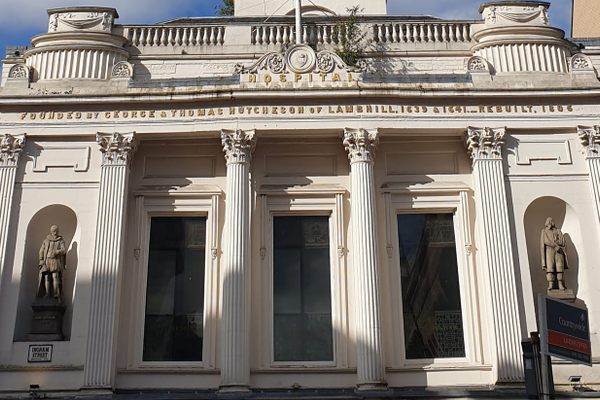
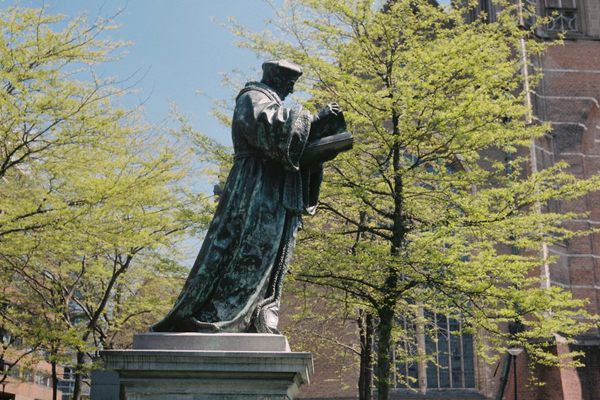


Follow us on Twitter to get the latest on the world's hidden wonders.
Like us on Facebook to get the latest on the world's hidden wonders.
Follow us on Twitter Like us on Facebook